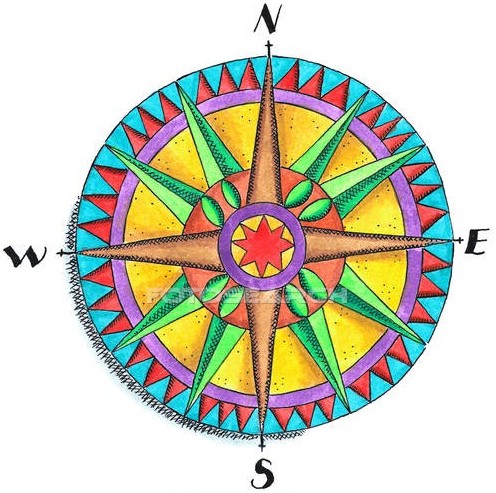
England
& Wales Hardwicke Marriage Index
Marriages
1754 - 1837
Woking St Peter
 |
England
& Wales Hardwicke Marriage Index |
The ParishThe parish of Woking lies in northwestern Surrey roughly 6 miles north of the county town of Guildford. The original settlement of the parish, today's Old Woking, sits on the A247 road which connects the modern town of Woking with the A25 road linking Guildford with Leatherhead. Woking shows a rather up-and-down history, Old Woking was a substantial settlement in Domesday times, large enough to be countable amongst the largest 20% by population, through medieval times it was a market town although its proximity to Guildford suppressed it somewhat, today Woking is Surrey's largest town with a population of 100,000+. When the railway arrived in 1838 and created a station in the middle of a common 2 miles from Old Woking nobody could predict the suburban growth this would create largely fuelled by commuting into London. The result is one which Pevsner calls Surrey's "least attractive town", one which lead Nairn to describe it as full of "mean and joyless public buildings, offices and chapels", a commuter settlement entire. Thankfully Old Woking has been only marginally impacted and retains something of its historic personality, a site for Royals and Lords to create the country retreats beside the peacefully flowing River Wey. At the time of this transcript much of the extensive parish was still common heathland with arable farming in more fertile areas and pastures alongside the Wey, some of Old Woking's market town features still remained but that status had been lost, a paper manufactory & brewery supported a few. Modern developments came in abundance, the first to arrive being the Basingstoke Canal and Wey Navigation canals, the creation of railway line to Southampton & Portsmouth from the capital, which branch in modern Woking, has already been noted. Todays' Woking has grown such as to be contiguous in a corridor 2 miles broad and extending northeastwards through Weybridge, Esher and Surbiton in an unbroken stream of modern development right to London, itself. Woking is drained northeastwards by the Wey which joins the Thames at Weybridge for its journey through the capital to the North Sea. Old Woking is sited at around 20 metres above the sea with its modern iteration some 10 metres higher, heights of around 45 metres are reached between Woking and Guildford in gentle terrain. Woking parish covered around 10,000 acres of this area of the county making it one of the most extensive in its county, by the end of this transcript period the population had already risen to around 2,500 parishioners, the volume of marriages recorded, however, indicate an average population of closer to 1,500 during this period. As already mentioned Domesday Woking was a wealthy and populated manor, held directly by King William its assets reflected that wealth, 21 ploughs, meadows and woodland plus a mill all contributed to a substantial manor. |
 |
|
|

|
| Register No | Covering Dates | Deposited With | Register Style | Quality Standard | Comments |
| 1 | 30th April 1754 - 20th September 1763 | Surrey History Centre - Reference - WOKP/3/1 | Standard preprinted and self-numbered combined Banns & Marriage register with 4 entries per page | Grade 2 Register - not a perfect read but with a low likelihood of misreads | None |
| 2 | 30th September 1763 - 10th December 1787 | Surrey History Centre - Reference - WOKP/3/2 | Standard preprinted and self-numbered Marriage register with 4 entries per page | Grade 2 Register - not a perfect read but with a low likelihood of misreads | None |
| 3 | 4th May 1788 - 25th December 1812 | Surrey History Centre - Reference - WOKP/3/3 | Standard preprinted and self-numbered Marriage register with 4 entries per page | Grade 2 Register - not a perfect read but with a low likelihood of misreads | None |
| 4 | 5th April 1813 - 30th June 1837 | Surrey History Centre - Reference - WOKP/3/4 | Standard Rose style preprinted and prenumbered Marriage register | Grade 3 Register - there are sufficient quality issues with this register to indicate that some misreads will occur albeit few in number | Poor handwriting, in particular towards the latter stages, may result in a few misreads |
|
Horsell
St Mary
|
Horsell
St Mary
|
|
|
Pirbright
St Michael
|
 |
Pyrford
St Nicholas
Send St Mary |
|
Worplesden
St Mary
|
Worplesden
St Mary
|
Send
St Mary
Worplesden St Mary |
1760 1770 1780 1790 1800 1810 1820 1830
Corrections to Tinstaafl Transcripts